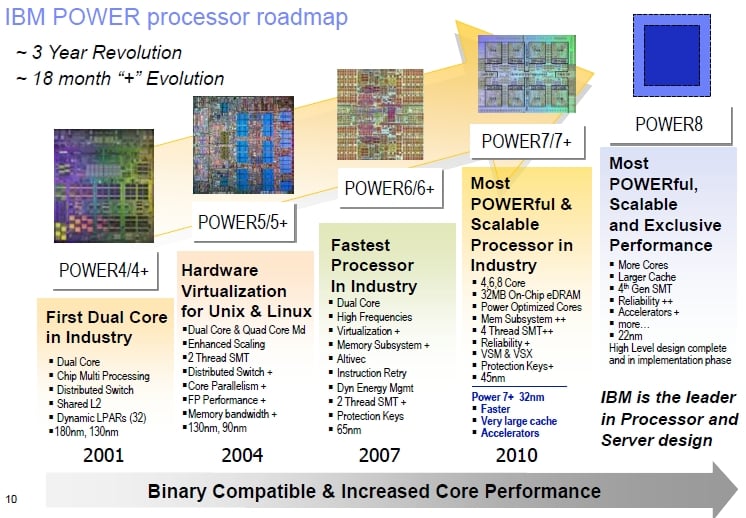Here's a great article about ray-tracing
http://www.cs.utah.edu/~jstratto/state_of_ray_tracing/
"A bit about the Movie Industry
So, most people think ray tracing dominates movie effects as rasterization dominates the game industry. Some graphics enthusiasts that have ray traced little scenes in some modeler like Maya or Modo might expect the movie industry to use the same kind of ray tracers to get the same high-quality scenes. However, just as the game industry uses rasterization for fast rendering, so does the movie industry. They too have a deadline to meet and rasterization is typically the implementation of choice to get their shots looking good in time. A great paper by Dreamworks explains the typical rendering system used at top production studios. You can grab the slides here.
Many effects are not only just as visually compelling as their ray-traced counterparts, but many ray-traced implementations are much, much more expensive to implement and sometimes completely impractical."
"What about motion blur? That's easier with ray tracing, right? Sure is. Just fire 1000x more rays. Wait, ray tracing is already slow. Well, back to rasterization. Pixar, Dreamworks, Rhythm and Hues, and many others use rasterization or other tricks for motion blur because it looks great and is fast. Rhythm and Hues has used a 2D technique in some of their films.
Want to use displacement mapping? Better use a rasterizer like the REYES algorithm. You can send hundreds of primitives gigabytes in size down the pipeline and do tiny surface displacements on each fragment. With a ray tracer, you have to load the entire scene into memory.
Have fun telling your render-farm manager that you need a terabyte of RAM for each frame. And no, out-of-core ray tracing research is not close to solving this inherent problem.
Okay, but reflections are always ray traced, right? Well, I can't say how often a given company ray traces or rasterizes their reflections, but I can say that Pixar, Dreamworks, Rhythm and Hues, and many others have used HDR environment maps for years and not many viewers have complained, so we may never know on this one...
Soft shadows? Why use ray tracing? Think you can just fire off 1000 shadow rays when ray tracers are already this slow? Pixar, Dreamworks, Rhythm and Hues, and many others use special shadow maps for most if not all shadows. They are rather zippy and can handle a huge variety of effects. A lot of research has been done in the gaming industry already to make shadows look great and techniques for shadow maps in the film industry are slowly making their way into games as GPUs get more robust.
What about caustics or other effects? You may say ray tracers are physically realistic while rasterizers are only physically plausible--score one for ray tracing. If I see an image and can't tell the difference, who cares?
So if production companies have hours to render a frame and usually choose rasterization for most of the scene because it makes the shots look better, why should video games, which have milliseconds to render use ray tracing?"

